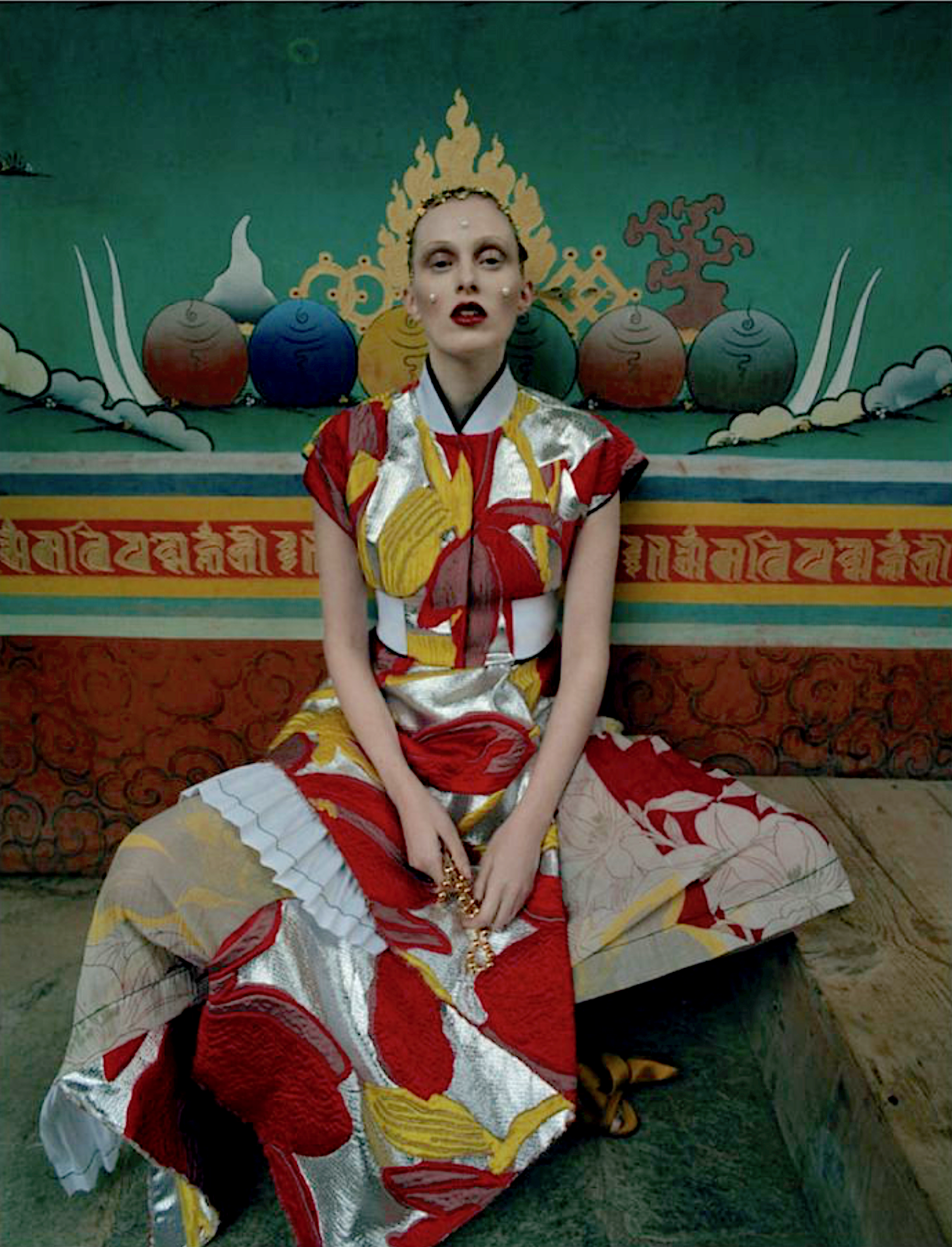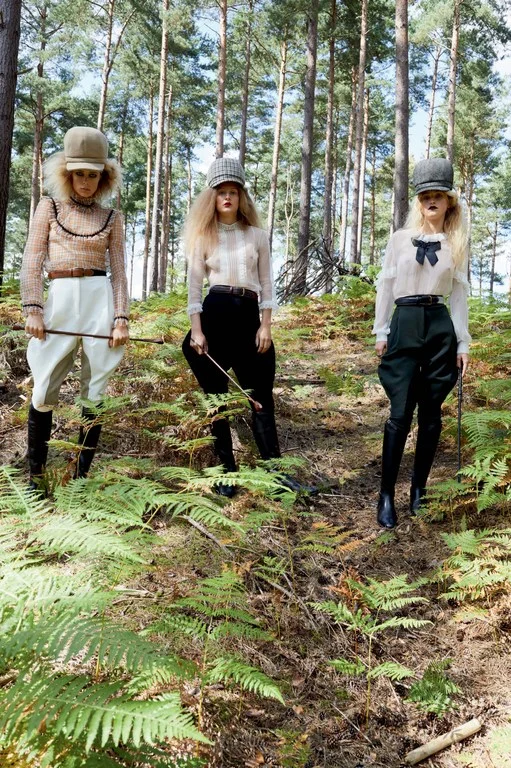Many Americans Viewed New York Harbor's Lady Liberty as a False Idol of Broken Promises
/Top image: THIS MAP APPEARED IN THE MAGAZINE PUCK DURING THE EMPIRE STATE CAMPAIGN, A HARD-FOUGHT REFERENDUM ON A SUFFRAGE AMENDMENT TO THE NEW YORK STATE CONSTITUTION—THE REFERENDUM FAILED IN 1915. Lower image: ‘Madre Luz’ by Pablo Machioli, installed in Baltimore at the site of a Confederate monument removed after Charlottesville. It was destroyed. via
Many Americans Viewed New York Harbor's Lady Liberty as a False Idol of Broken Promises
By Angela Serratore. First published on Smithsonian.com as ‘The Americans Who Saw Lady Liberty as a False Idol of Broken Promises’.
It was a crisp, clear fall day in New York City, and like many others, Lillie Devereaux Blake was eager to see the great French statue, donated by that country’s government to the United States as a token of friendship and a monument to liberty, finally unveiled. President Grover Cleveland was on Bedloe’s Island (since renamed Liberty Island), standing at the base of the statue, ready to give a speech. Designed in France, the statue had been shipped to New York in the spring of 1885, and now, in October 1886, it was finally assembled atop its pedestal.
“Presently the veil was withdrawn from her beautiful calm face,” wrote Blake of the day’s events, “and the air was rent with salvos of artillery fired to hail the new goddess; the earth and the sea trembled with the mighty concussions, and steam-whistles mingled their shrill shrieks with the shouts of the multitude—all this done by men in honor of a woman.”
Blake wasn’t watching from the island itself, though—in fact, only two women had been invited to the statue that day. Blake and other members of the New York State Women’s Suffrage Association, at that point New York’s leading women’s suffrage organization, had chartered their own boat in protest of the exclusion of women not just from the statue’s unveiling, but from the idea of liberty itself.
Blake’s protest is one of several highlighted at the new Statue of Liberty Museum, which opened earlier this month on Liberty Island. While the statue’s pedestal did at one point hold a small museum, the new space’s increased square footage allowed historians and exhibit designers to expand the story of Lady Liberty, her champions and her dissenters.





